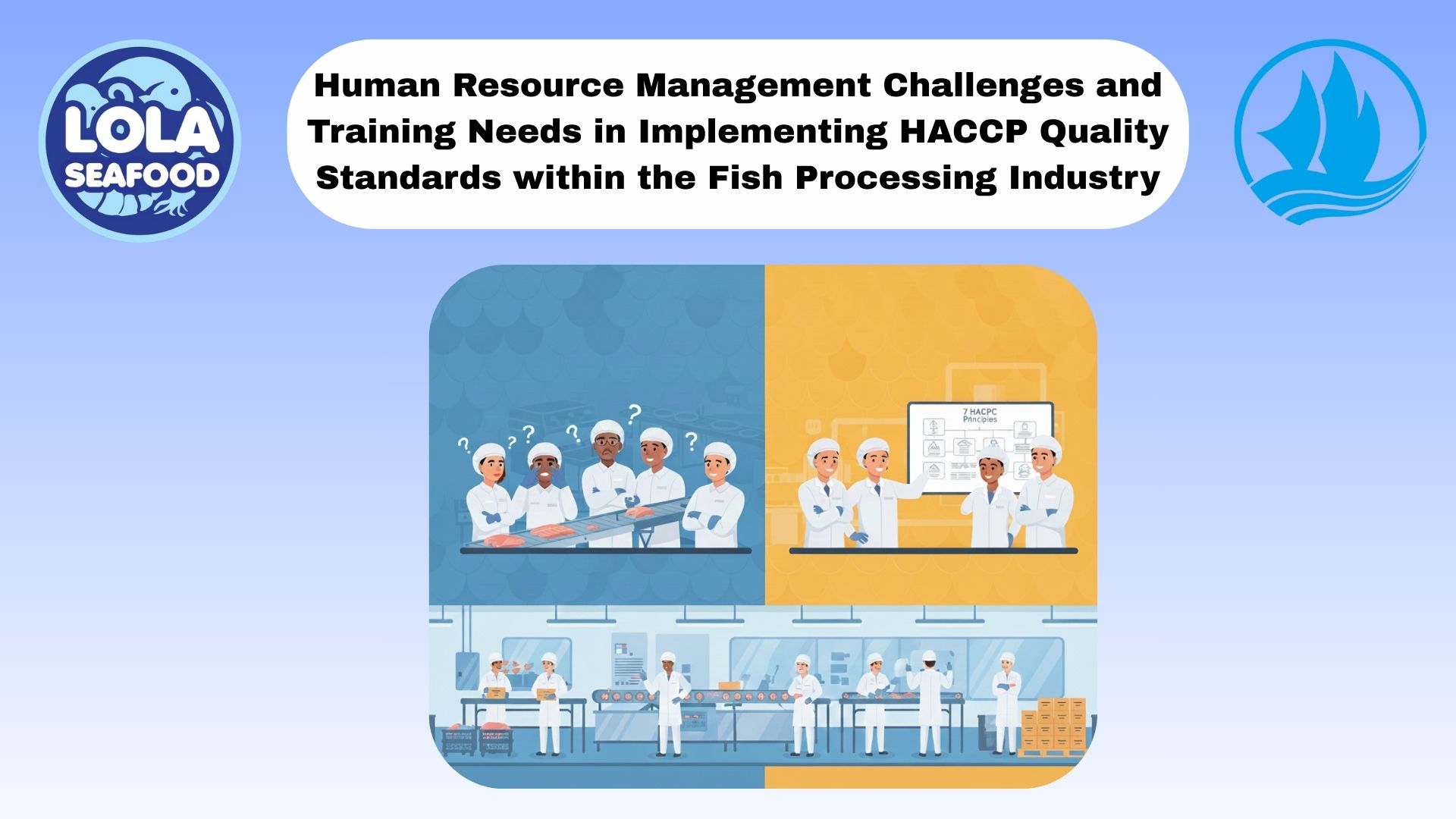Why Employee Health Matters More Than Machines in Fish Processing Plants
By. Nugroho Luhur - 23 Sep 2025.jpg)
Kelolalaut.com In today’s modern fish processing industry, high technology and sophisticated machinery often steal the spotlight. Automated filleting lines, freezing systems, and packaging equipment are celebrated as the backbone of efficient seafood production. However, behind these machines are the people who operate them—the workers. No matter how advanced the equipment, the health and hygiene of employees remain the most crucial factor in ensuring product safety, efficiency, and quality.
This article explores why employee health matters even more than machines in fish processing plants, and how investing in workers’ well-being directly translates to safer seafood and stronger business performance.
The Human Element Behind Technology
Machines may automate tasks, but they cannot replace the human judgment required to maintain standards, identify defects, or handle unexpected challenges during processing. Workers are responsible for monitoring production lines, conducting quality checks, and ensuring hygiene procedures are followed.
If employees are in poor health, fatigued, or unwell, their ability to operate machinery safely and effectively decreases. For example, a sick worker may overlook small signs of contamination on fish fillets, or mishandle equipment in ways that compromise product safety. In contrast, healthy and alert workers can complement machinery by adding the “human touch” that technology cannot replicate.
Employee Health as the Foundation of Food Safety
Fish is a highly perishable product, sensitive to contamination and improper handling. Pathogens such as Listeria monocytogenes, Salmonella, or Vibrio species can easily spread if hygiene protocols are not strictly followed. Workers are at the front line of preventing such risks.
When employees are healthy, they are more likely to maintain good hygiene practices: frequent handwashing, proper use of gloves and protective clothing, and careful handling of fish. Conversely, workers who are unwell or unhygienic may inadvertently transmit bacteria or viruses to products, jeopardizing consumer safety.
This is why international standards such as HACCP (Hazard Analysis and Critical Control Points) and ISO 22000 emphasize employee health and hygiene as non-negotiable prerequisites for safe seafood production.
The Cost of Ignoring Employee Health
Neglecting worker health can have severe consequences for fish processing plants. If sick employees handle seafood, the entire batch risks contamination, leading to costly recalls, damaged reputation, and even legal penalties. Beyond product safety, unhealthy workers often have lower productivity, higher absenteeism, and greater risk of workplace accidents.
For example, an employee with poor health may be more prone to fatigue, increasing the likelihood of errors or injuries while operating sharp knives or heavy machinery. The financial impact of workplace accidents, combined with potential compensation claims, can outweigh the cost of implementing proper health programs.
Machines, in contrast, can be repaired or replaced. Human workers, however, require long-term care, and their absence can disrupt entire production chains. This is why prioritizing employee health is not just a moral responsibility but also a sound business strategy.
Building a Healthy Workforce
To ensure workers remain healthier than the machines they operate, fish processing plants must adopt a holistic approach. This includes:
- Regular Health Checks: Screening employees for illnesses ensures that contagious diseases do not spread to seafood products. Some companies implement mandatory health certifications before workers are allowed on production floors.
- Hygiene Training Programs:Training employees on proper sanitation procedures, personal protective equipment (PPE) usage, and cross-contamination prevention empowers them to protect both themselves and the product.
- Workplace Ergonomics: Long hours in cold environments or repetitive tasks can cause health issues such as joint pain, muscle strain, or respiratory problems. Providing ergonomic tools, proper clothing, and regular breaks helps reduce these risks.
- Access to Healthcare and Nutrition: Many workers in seafood plants come from vulnerable communities. Offering access to healthcare services, vaccination programs, and healthy meals can significantly improve their resilience and productivity.
Linking Employee Health to Sustainability
Sustainability in the seafood industry is often associated with responsible fishing practices and environmental conservation. However, social sustainability—caring for the people who make seafood processing possible—is just as important.
Healthy workers contribute to long-term operational stability. They ensure consistent product quality, reduce turnover rates, and foster a culture of responsibility within the plant. In this way, employee health is not separate from sustainability; it is an essential pillar that supports ethical and resilient seafood production.
Machines are indispensable in modern fish processing plants, but they cannot guarantee safe, high-quality seafood on their own. The real key lies in the health and hygiene of employees who oversee operations, handle fish, and maintain safety standards.
Investing in employee health—through medical care, hygiene training, and safe working conditions—pays dividends not only in food safety but also in profitability, sustainability, and brand reputation. In short, while machines can enhance efficiency, it is healthy workers who truly safeguard the seafood industry.
If youre interested in our Parrotfish Fillet Skin On and Parrotfish Fillet Skinless please do not hesitate to contact us through email and/or Whatsapp
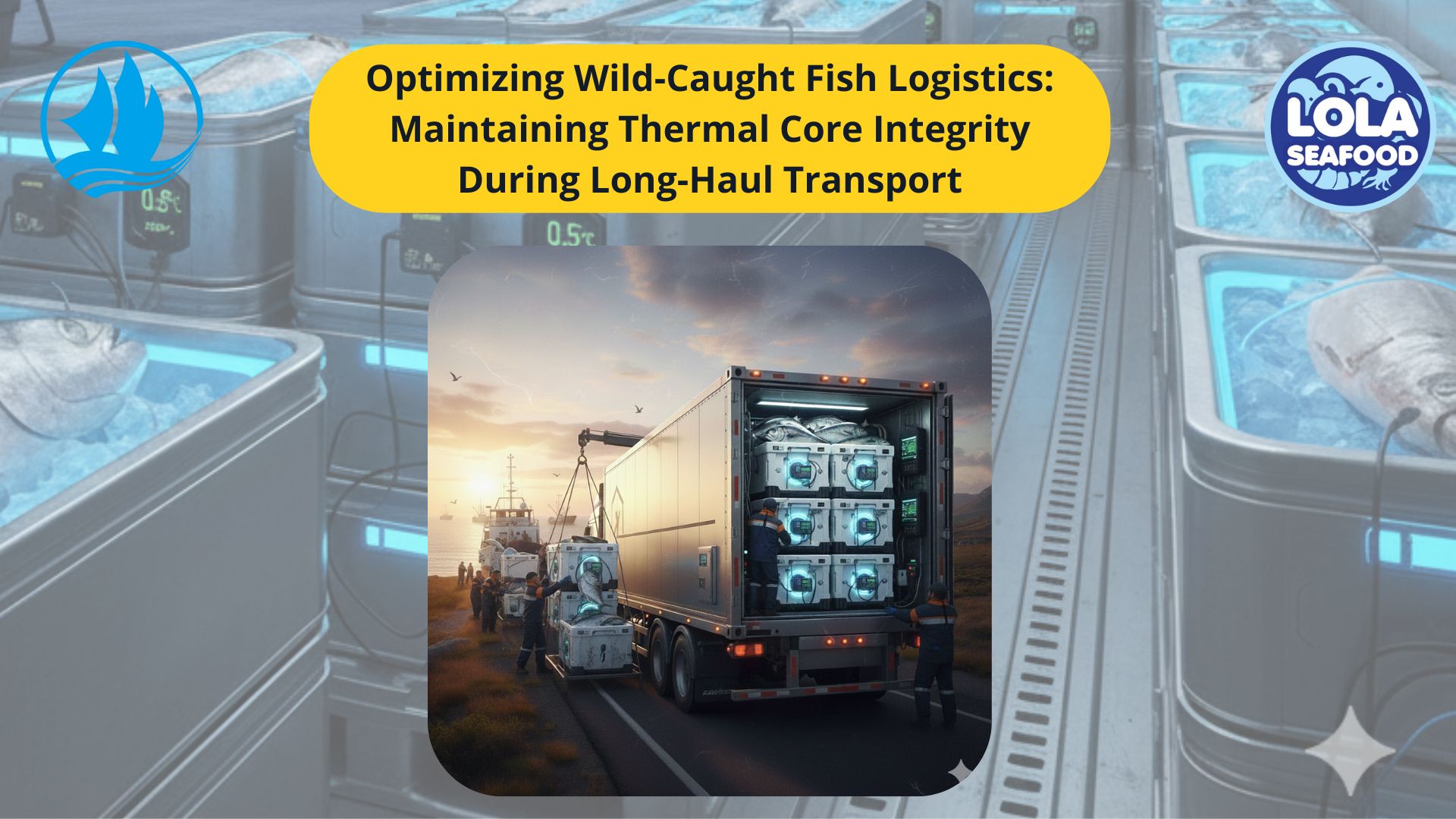
Optimizing Wild-Caught Fish Logistics: Maintaining Thermal Core Integrity During Long-Haul Transport
.jpg)
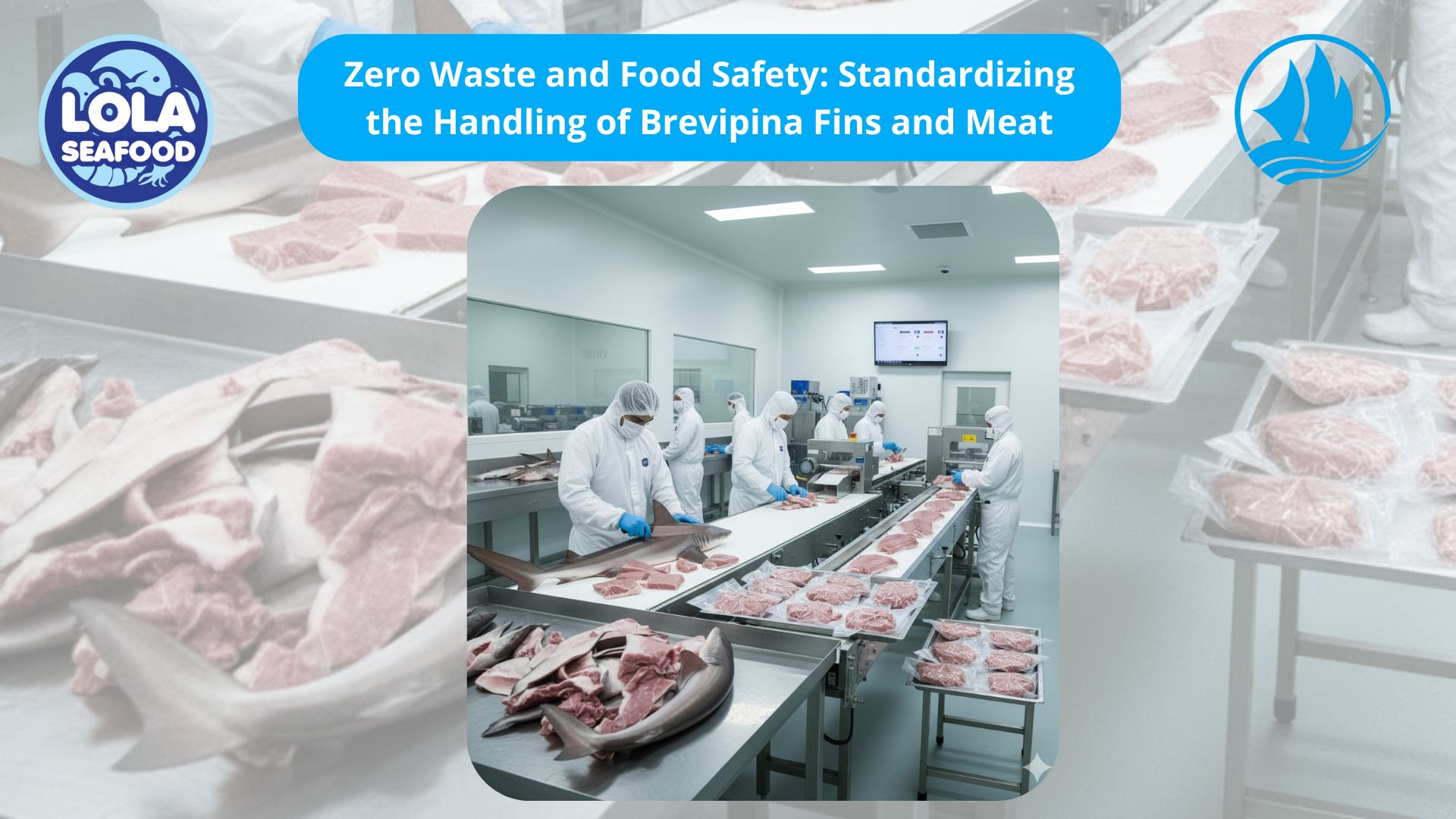
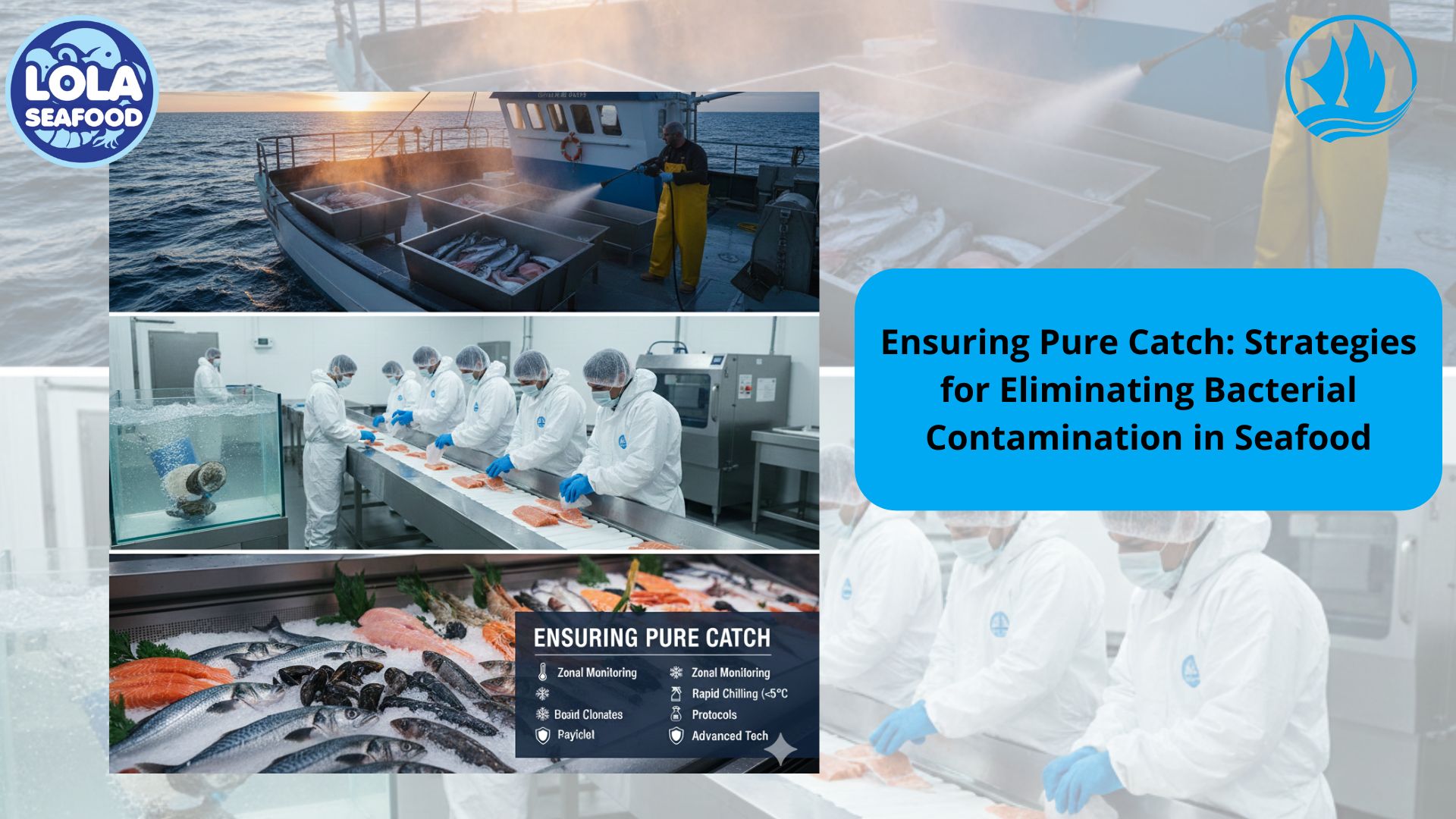
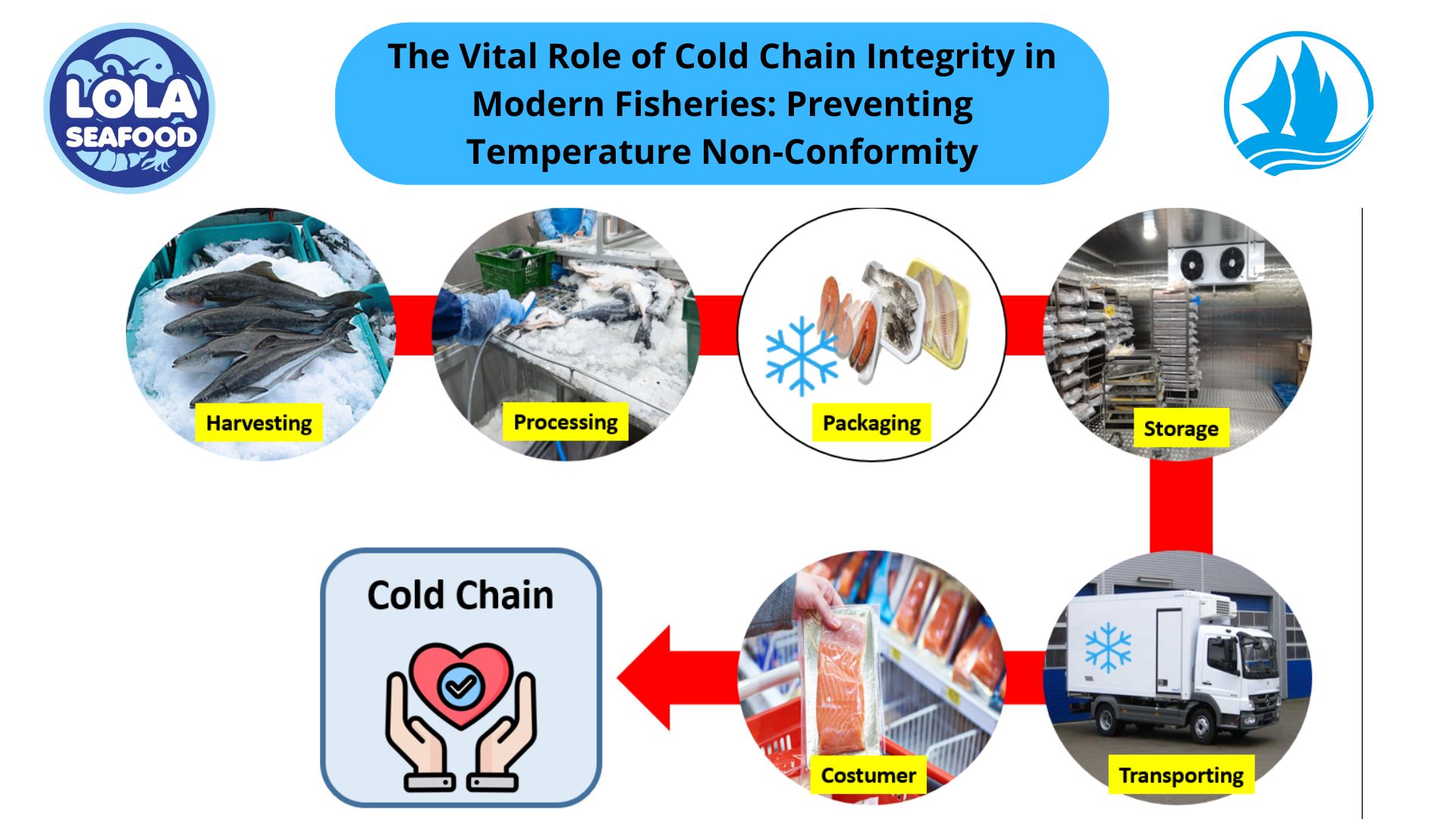
.jpg)
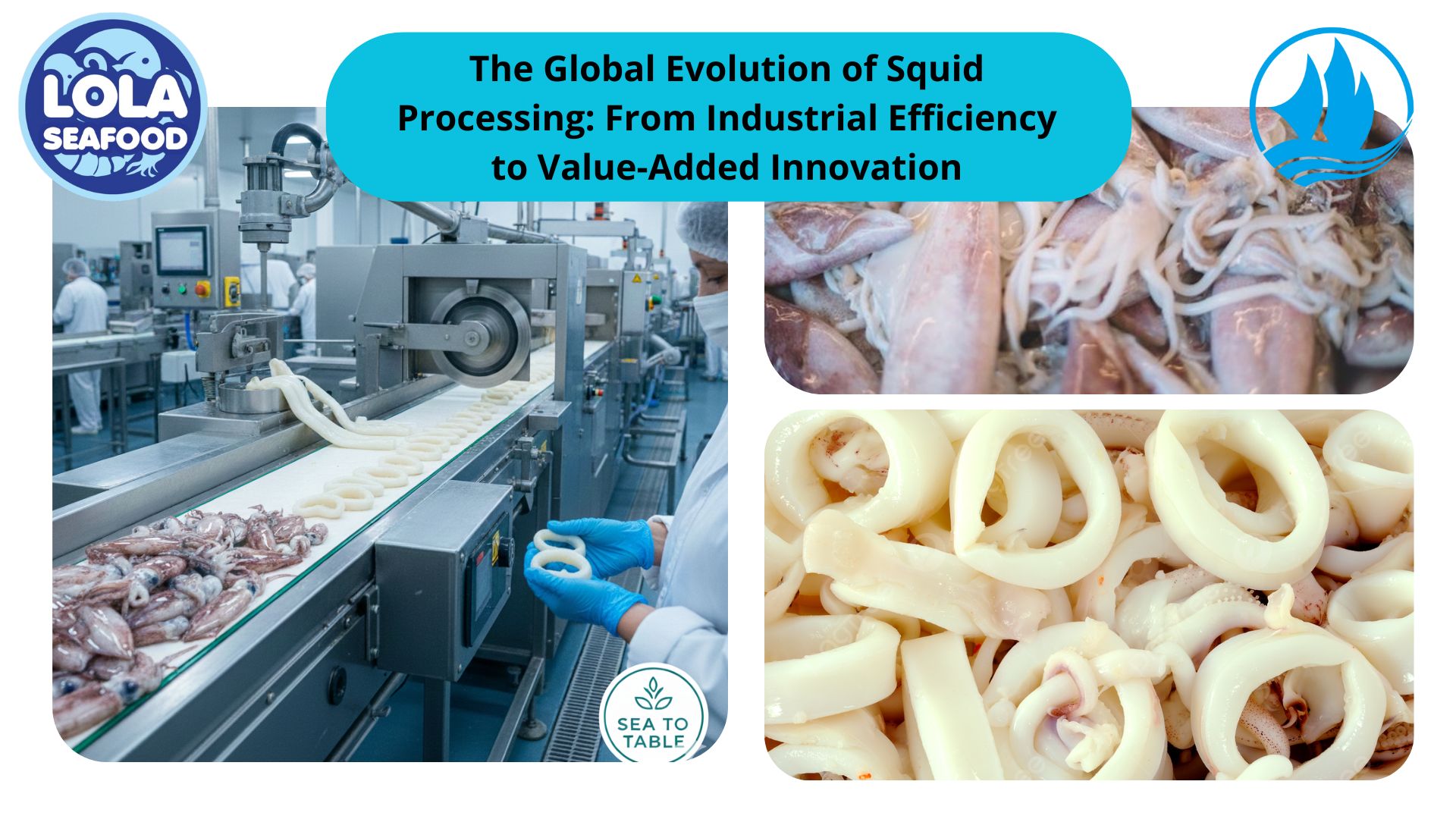
 and Employee Productivity on the Demersal Fish Processing Floor.jpg)
